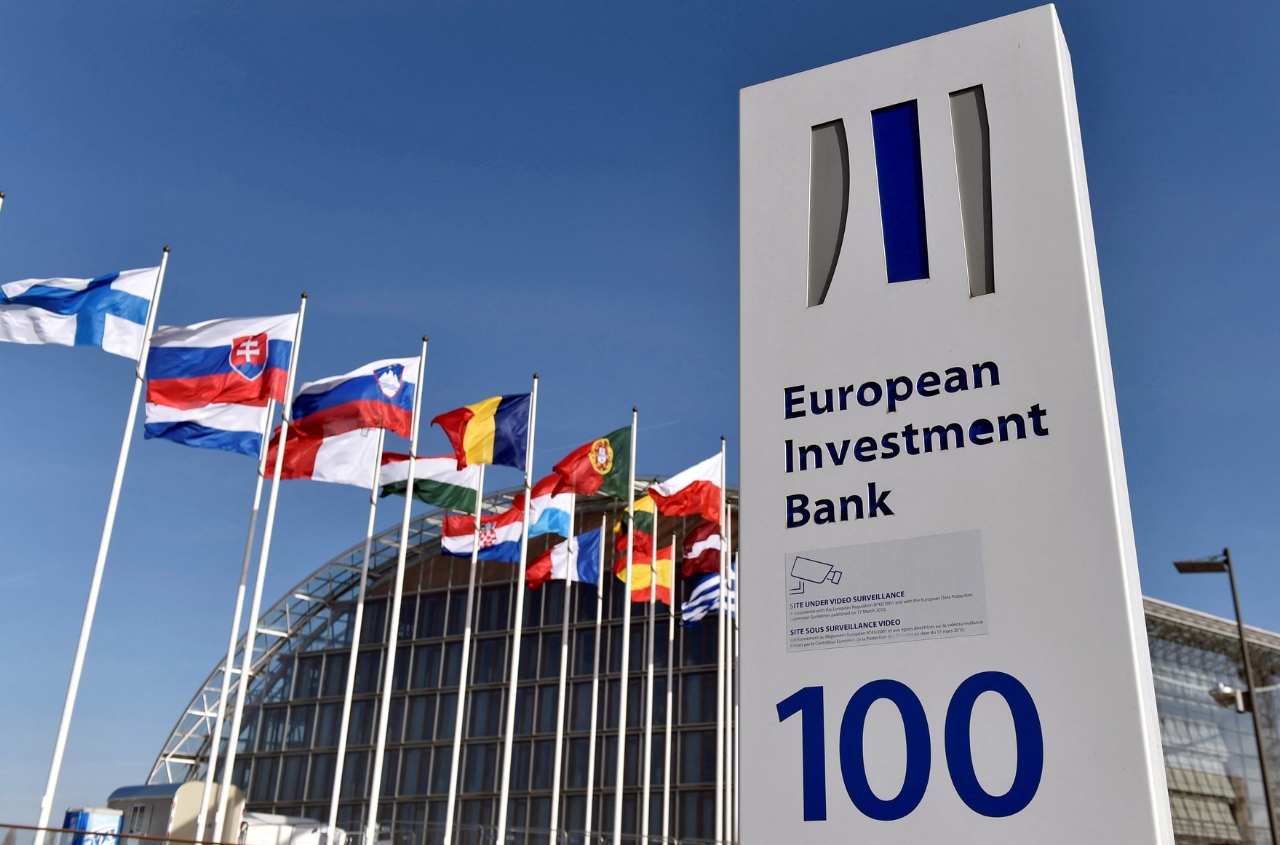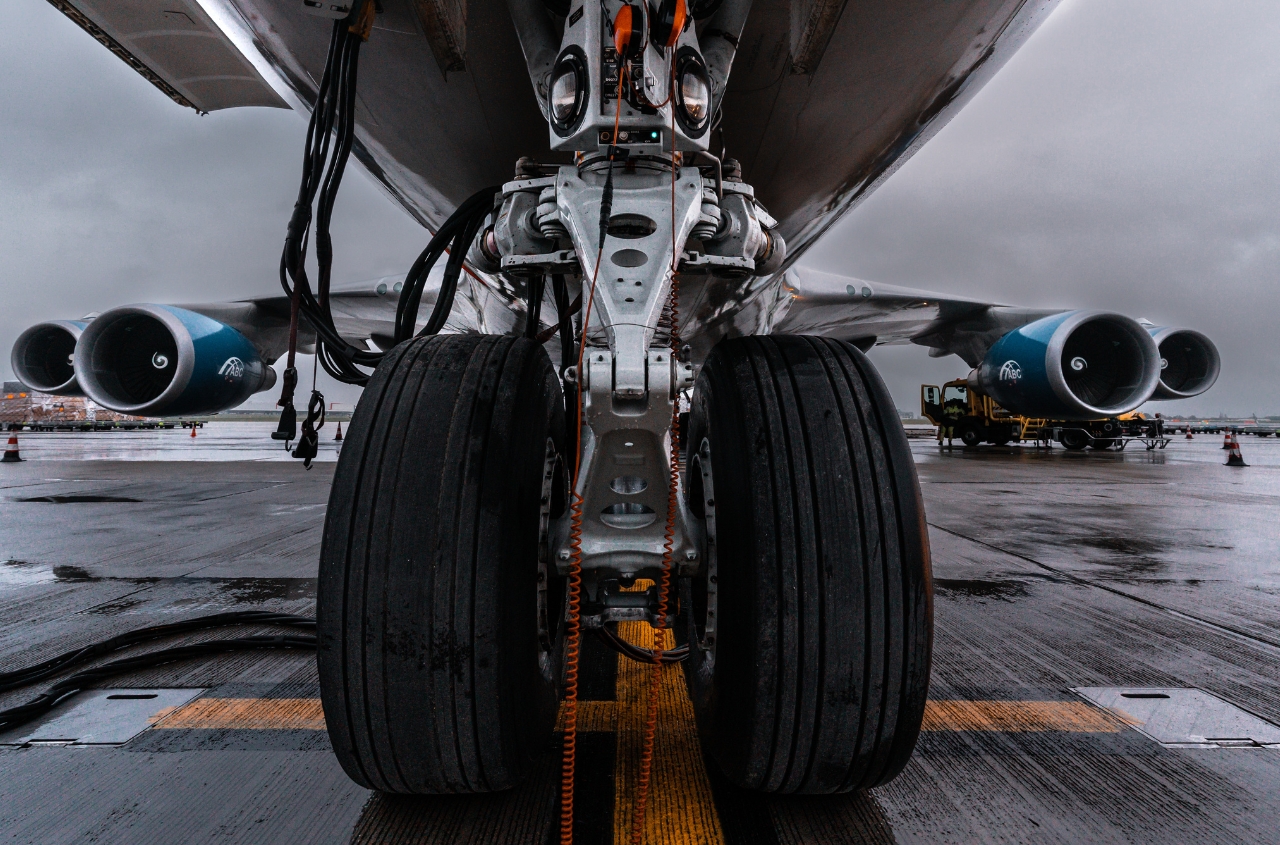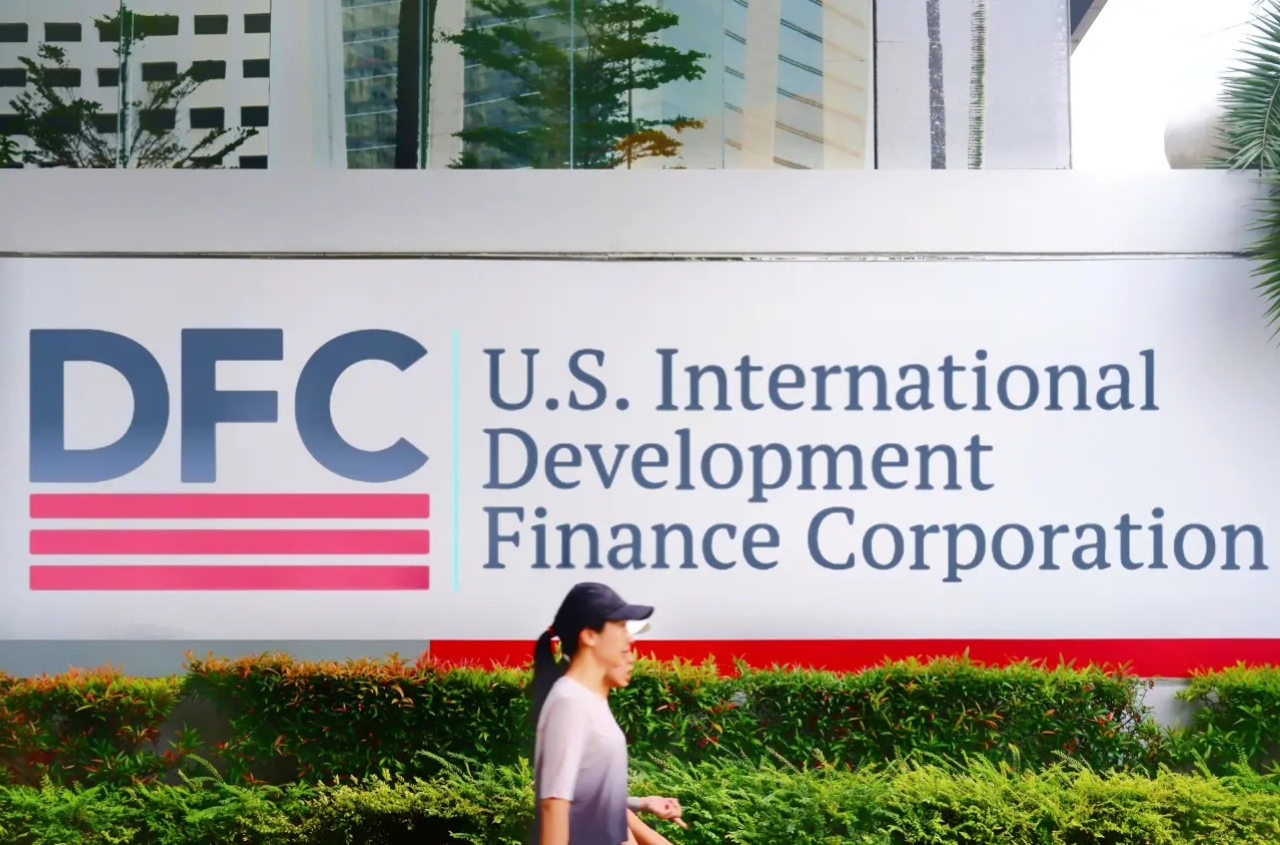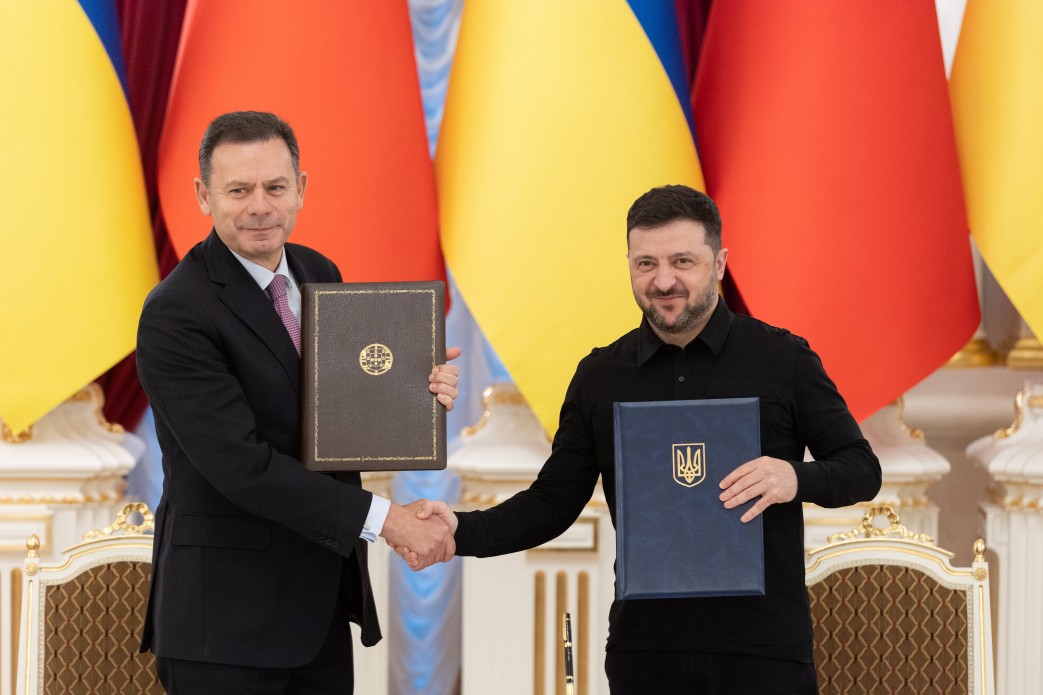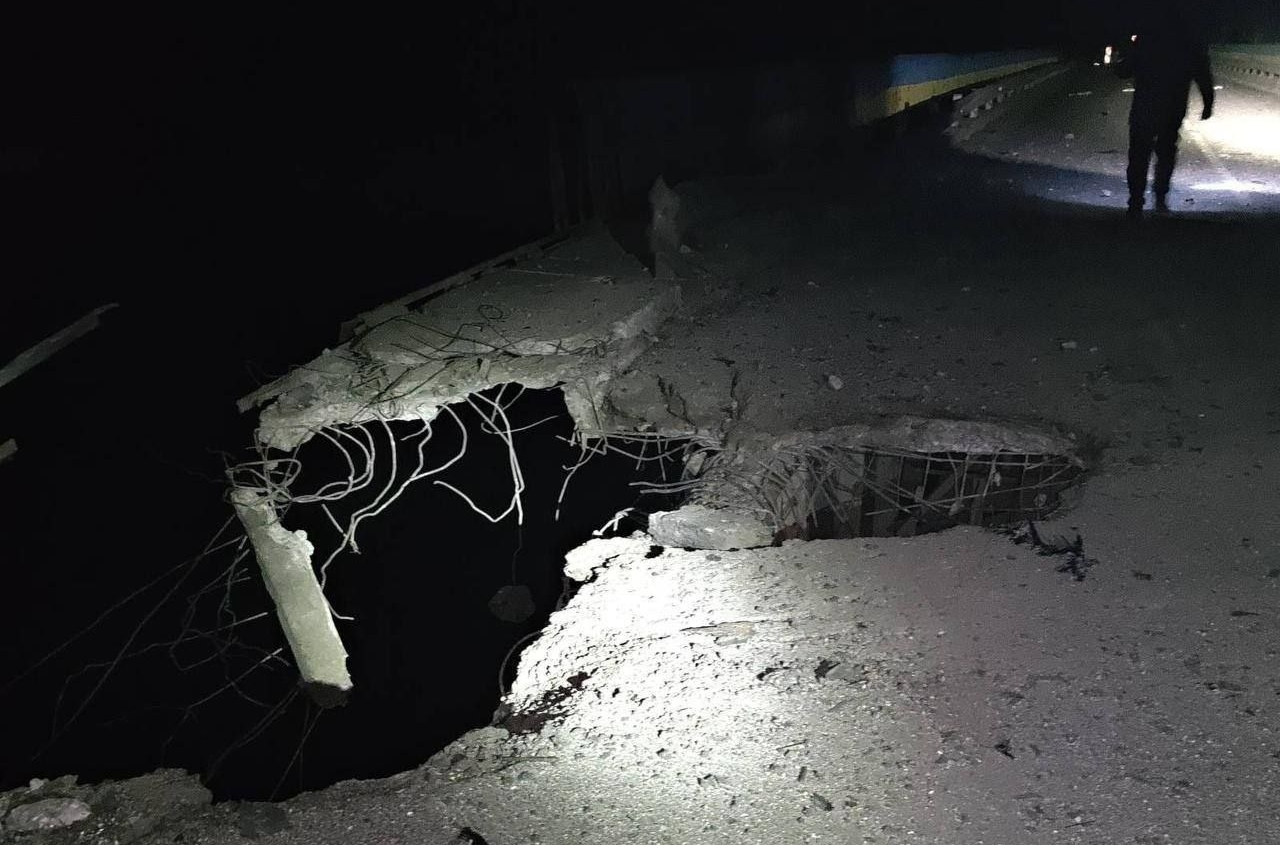The Kremlin's hopes that "friendly" countries would replace Western investors in Russia have proven futile. The volume of foreign investments in Russia continues to rapidly decline, and by October 2024, it had dropped to its lowest level in the last 15 years, according to the Central Bank of Russia’s statistics.
According to the regulator, in the first three quarters of the past year, foreign investors withdrew another $44 billion in direct investments from the real economy, bringing the total amount to $235 billion.
In 2023, Russia lost $80 billion in direct foreign investments (FDI), and in the first year of the war — $138 billion. Over the three years, the FDI pool in the economy, which was nearly $500 billion before the invasion of Ukraine, shrank by half, or $262 billion.
Although Russian President Vladimir Putin spoke about "maximum openness" to investors from BRICS countries and encouraged them to invest "capital" in Russia, the Central Bank’s statistics did not record any influx of funds. This indicates the growing isolation of the Russian economy, according to Janis Kluge, a senior researcher at the German Institute for International Security.

For instance, the Chinese authorities — Russia's largest trade partner, with whom Putin describes the relationship as "strategic" — have prohibited local companies from investing in Russia's oil and gas sector, refused to invest in the Power of Siberia-2 project, and instructed automotive companies not to build factories in Russia.
Before the war, three-quarters of direct foreign investments in Russia came from "unfriendly" countries, whose investments stopped after sanctions and counter-sanctions were imposed. In the extractive and manufacturing industries — sectors that account for 50% of Russia's GDP and 40% of employment — these "enemy" countries invested an amount equal to 20% of all fixed assets. Their share was even higher in trade (80% of fixed assets), finance (nearly 70%), and scientific and technical fields (40%), according to analysts from Loko-Invest.
At the same time, China accounted for only $3.3 billion in direct investments in Russia — or 0.66% of the total, India invested only $613 million, or 0.012%, and investments from Brazil and South Africa were so insignificant that they did not even make it into the Central Bank's statistics.
Western investors' remaining assets in Russia are at risk of confiscation — the government is preparing to submit a bill to the State Duma that will establish a mechanism for seizing private property in response to the freezing of Russia's Central Bank reserves in the West.















